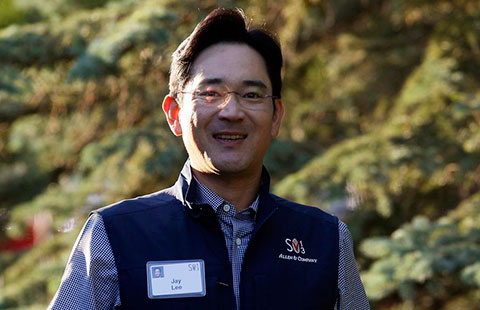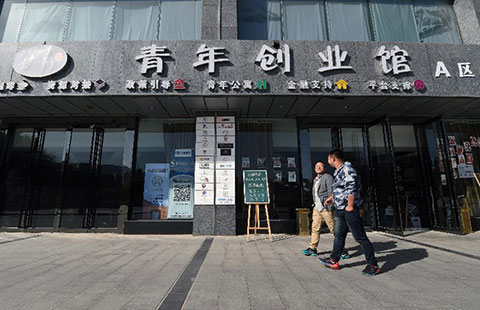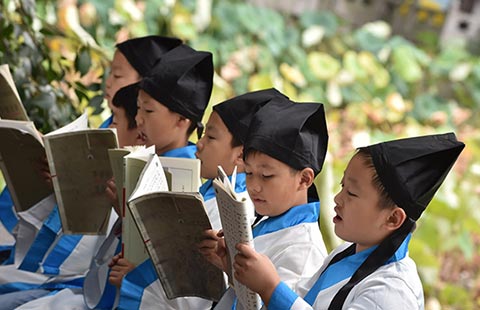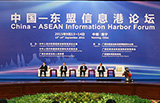Central bank to expand relending plan
By CHEN JIA (China Daily) Updated: 2015-10-13 07:51The People's Bank of China, the central bank, is planning to expand its relending pilot program to nine more provinces and municipalities, as part of its efforts to lower financing costs and shore up economic growth.
The PBOC statement over the weekend that it would expand the program allowing banks to refinance high-quality credit assets, has once again triggered discussions on whether a Chinese quantitative easing, or QE, is in the works. The PBOC launched its pilot relending program in Shandong and Guangdong provinces last year.
According to the PBOC statement, high-quality credit assets issued by financial institutions in the pilot regions can be collateralized for relending from the PBOC, after it passes the central bank's assessment.
Market circles were agog with expectations that the government may soon come out with a 7 trillion yuan ($1.1 trillion) stimulus package to offset the economic slowdown.
Ma Kunpeng, an analyst at Guojin Securities Co Ltd, said that the relending move should not be seen as short-term aggressive stimulus, as it seeks to vitalize inventory credit assets.
"It should also not be seen as a QE," he said. "The typical QE is the one floated by the US Federal Reserve. In that case, the Fed directly purchases commercial banks' assets related to the subprime mortgages, and many of them are toxic assets".
"But in China, the financial institutions can decide whether they need to pledge credit assets to the central bank for relending, and the assets should be qualified," said Ma.
Wang Tao, chief economist in China at UBS AG, said that the measures "should not be treated with the same significance as other QE moves undertaken by developed economies in recent years."
"China is easing its monetary policy with quantitative measures, as it has typically done in the past," said Wang. This does not mean that China has run out of other means to increase base money supply or that it has exhausted its interest rate tools.
The State Council had in May decided to expand the securitization of credit assets pilot program by 500 billion yuan and said that securitized products can be traded on exchanges.
The relending pilot program has now been expanded to Beijing, Shanghai, Chongqing, Tianjin and five other provinces including Liaoning and Jiangsu.
Ji Min, deputy chief of the central bank's research bureau, said that the relending program will help facilitate targeted easing at a time when the economy is under downward pressure by providing further liquidity to the market.
To achieve the annual monetary aggregate target, or the M2, the PBOC has taken measures in addition to its collateralized on-lending facilities since 2013, including the Standing Lending Facility, Short-term Liquidity Operations and Pledged Supplementary Lending, as the supplementary tools to manage the monetary base.
At the third-quarter meeting of the central bank's Monetary Policy Committee, advisers suggested that the bank should maintain its "prudent" monetary policy stance, but be more flexible by using various tools.
Experts also said that there are still sufficient tools in the "workbox" to prevent a hard landing and to maintain growth at a reasonable range.
- Policy moves lift stocks to 7-week high
- Robust foreign capital flows offer hopes of sustained economic growth
- Zhejiang sex toy maker to debut on new board
- Learning skills of a Western-style butler to serve the super rich
- Asia's top 10 richest families
- Implementation of 'Internet Plus' sees surging e-commerce growth
- Baidu takes a bite of COFCO's online fresh food retailer Womai
- Chinese visitors help boost New Zealand accommodation sector















